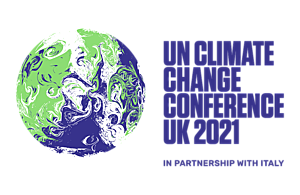I have read a couple of times, where our leaders have asked OPEC and others to turn on the oil spigot to overcome some shortages of crude. I have even read where the president has "released" some crude out of the Strategic Petroleum Reserve (SPR).
On the other hand, "we are trying to talk" about reducing fossil fuel consumption, particularly now that COP26 is underway. I say trying to talk, because I doubt anything meaningful will be adopted, except for promises yet to be broken... again.
I am not the brightest bulb in the pack, but it would seem to me that a commitment to reduce reliance on fossil fuels would also consider a plan to reduce the SPR over time. While this might seem an odd thing to do, it would reduce the current inflationary effects of crude prices as well as send a signal that we are moving away from this fossil fuel.
Naturally an argument could be made that this method would cheapen the market price of fossil fuels, which would prolong their consumption, while reducing the current state of semi-independence for imported fossil fuels. However, I would consider a gradual reduction to be in order. Something akin to a planned reduction of 170,000 barrels per day for 10 years.
Of course, there is the horse and buggy phenomenon. I am referring to the period where cars started to become mass produced. The horse and buggy industry saw the writing on the wall, ceased expansion and began reduction of inventory, etc., which became very profitable for a brief period, until the industry virtually faded away.
We are seeing the beginning states of this in the U.S. oil production companies, in my opinion. It is quite a tightrope to walk between keeping these producers operating at near net import/export levels or accelerating the reduction in U.S. Oil.
The origins of the SPR are rooted in the 1970s and an oil embargo. Here is a brief overview, entitled... History of the Strategic Petroleum Reserve. Here is some SPR Quick Facts. Then there is the IEA, with The global oil market remains vulnerable to a wide range of risk factors. Which states in part...
In accordance with the Agreement on an International Energy Programme (I.E.P.), each IEA country has an obligation to hold emergency oil stocks equivalent to at least 90 days of net oil imports.
Which brings me to current situation... (the upper cut off is the 90 day line, which was broken through at various times in the early 90s and has been above that threshold since 2-2012)


































